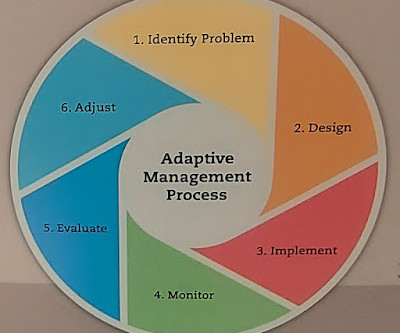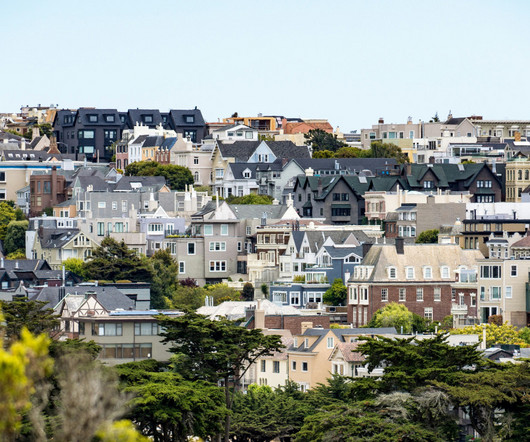The Road Not Taken | a response to a letter to the editor in the Washington Post about DC, traffic deaths and traffic safety
Rebuilding Place in Urban Space
JANUARY 18, 2024
And that there should be ward-specific subcommittees of the pedestrian and bicycle advisory committees to put greater focus on ward specific improvements (this was something I wrote into the Pedestrian and Bicycle Plan I did for Baltimore County in 2010). Safe routes to school programs. It has since been significantly improved.











Let's personalize your content